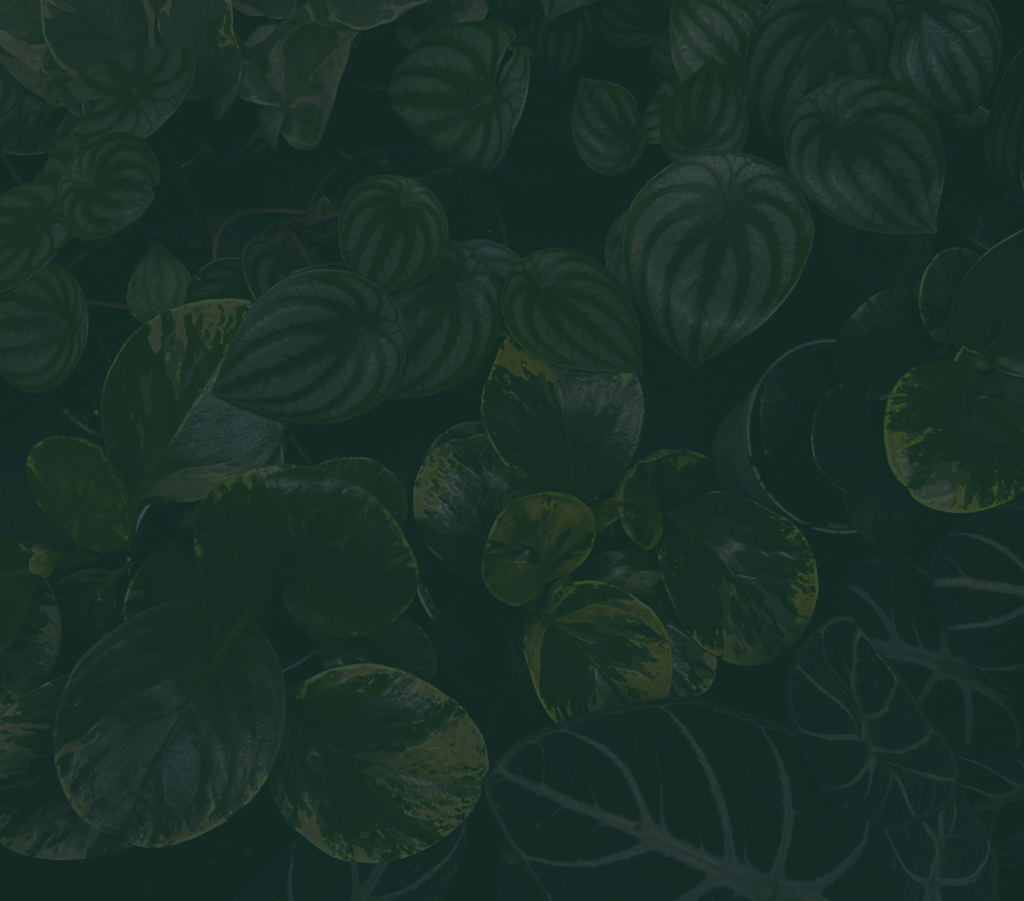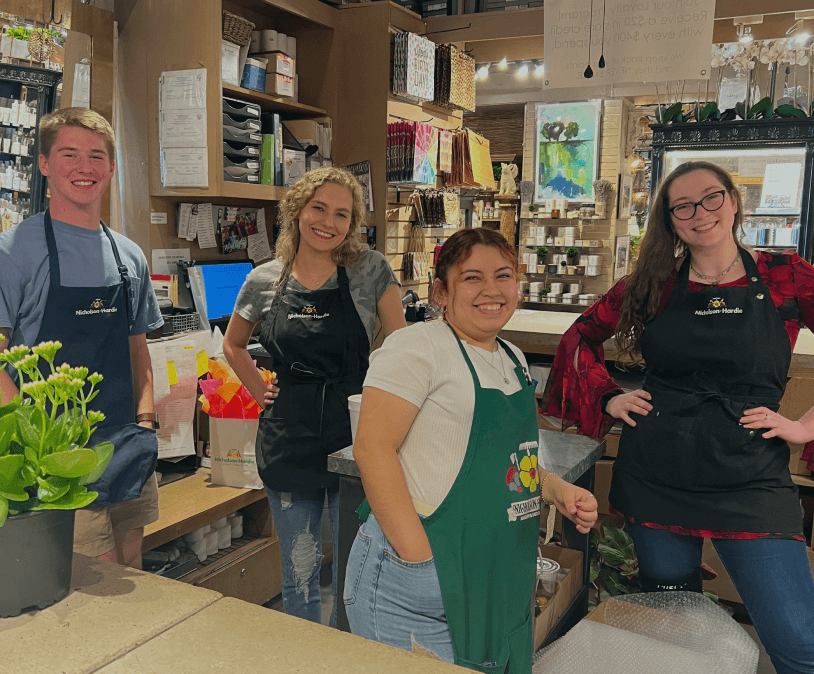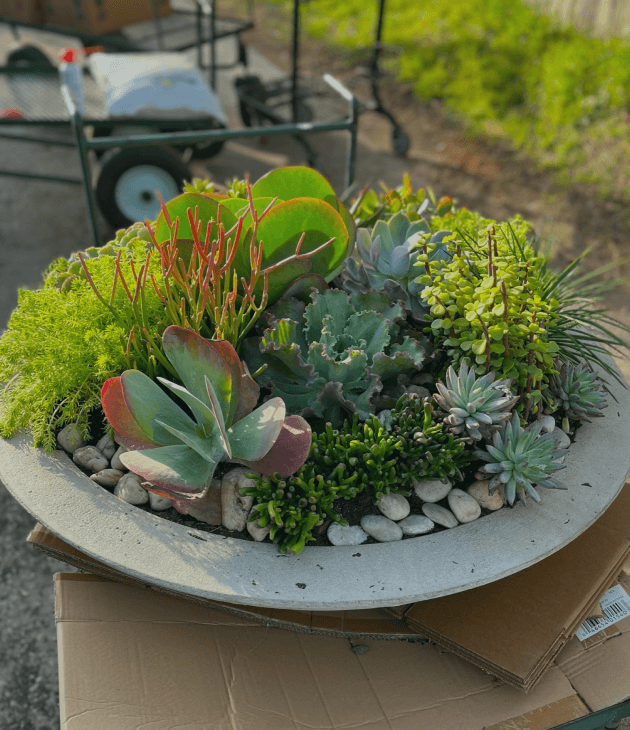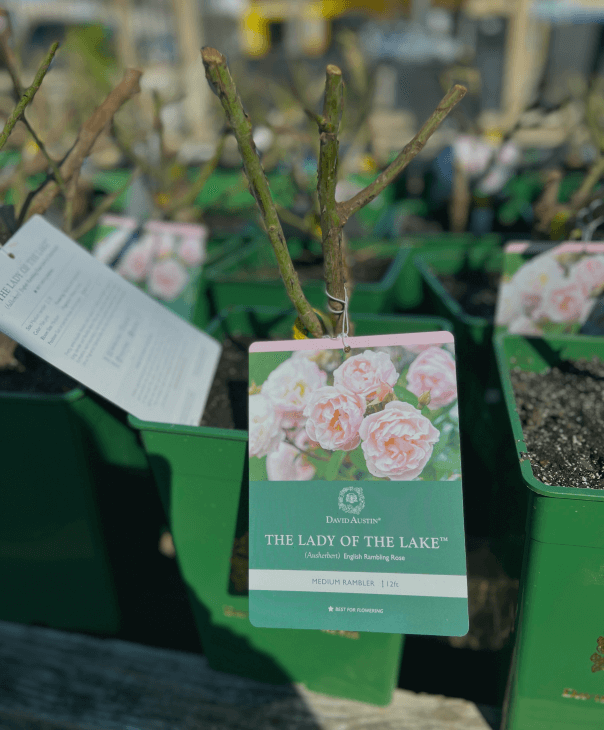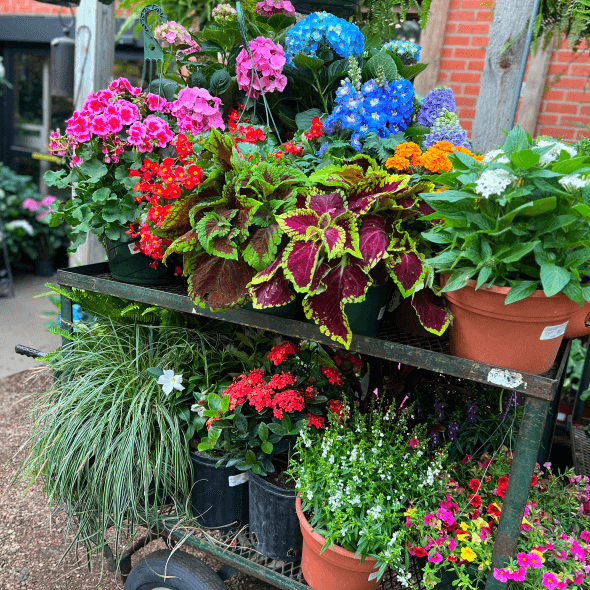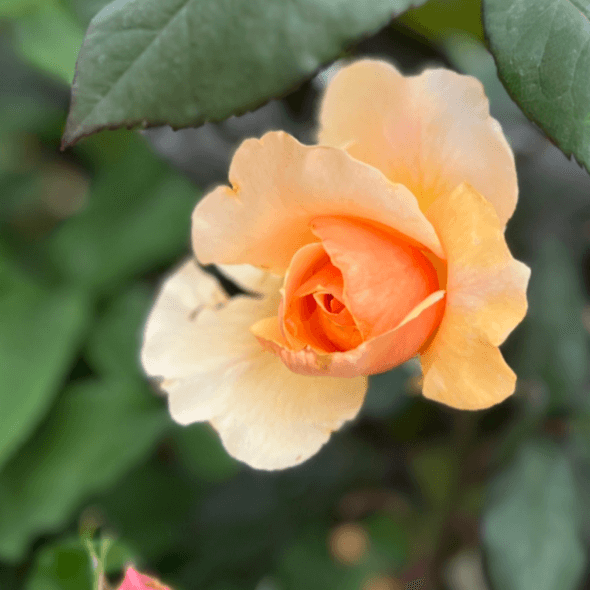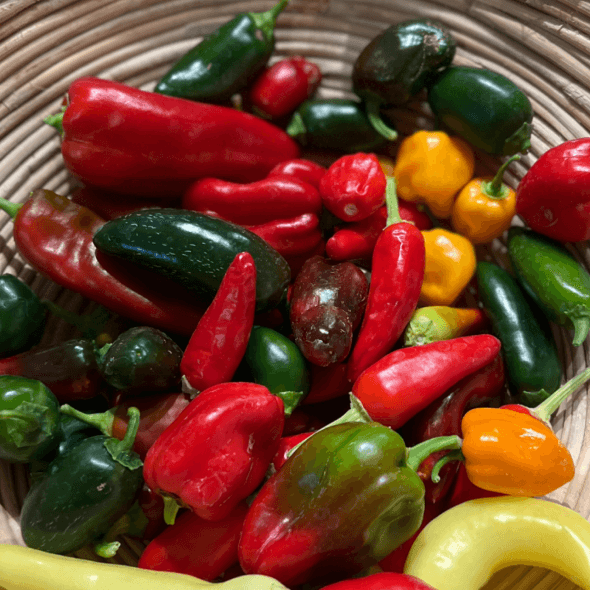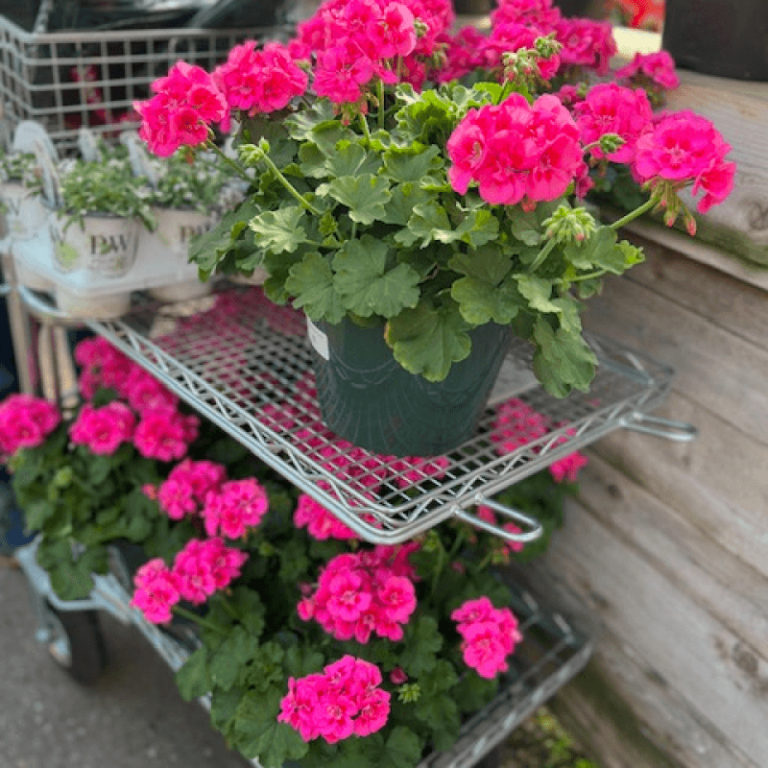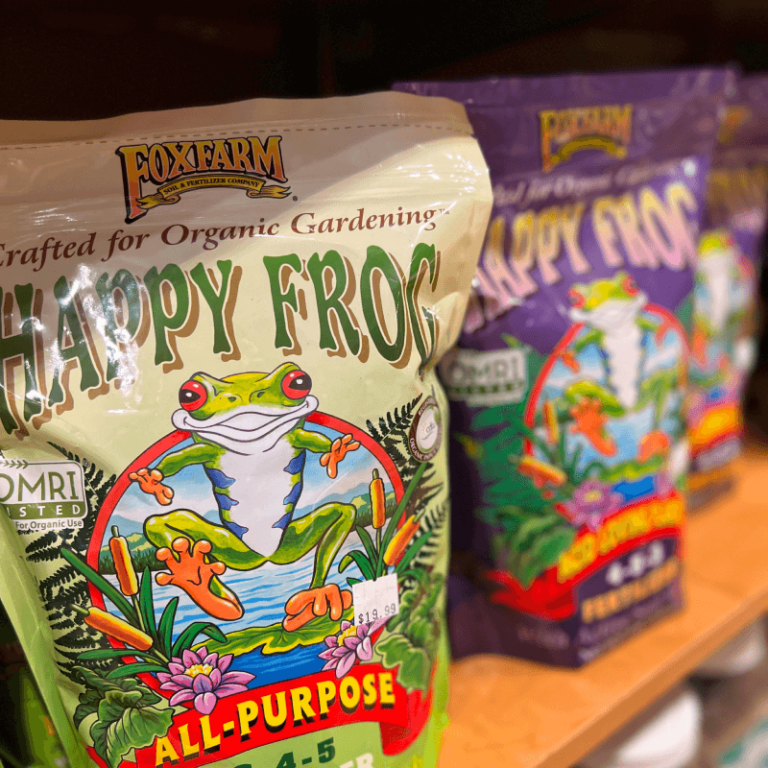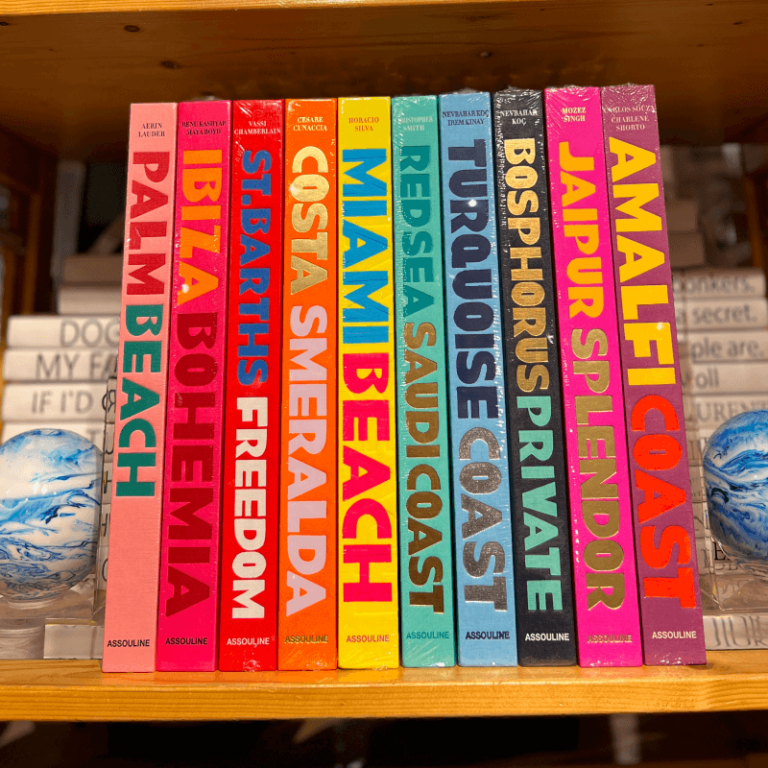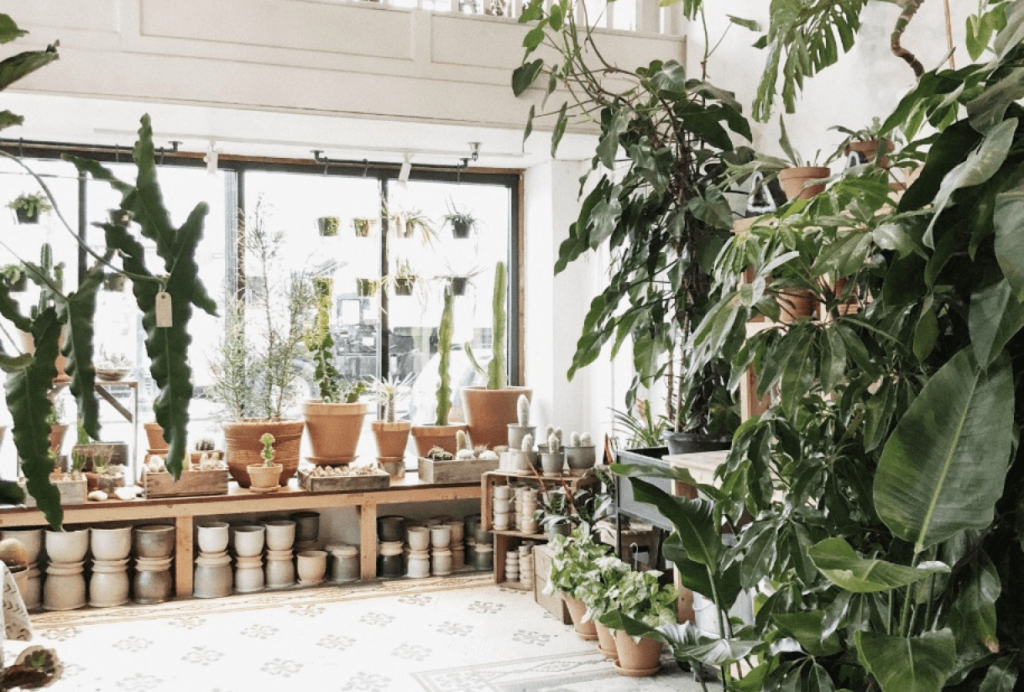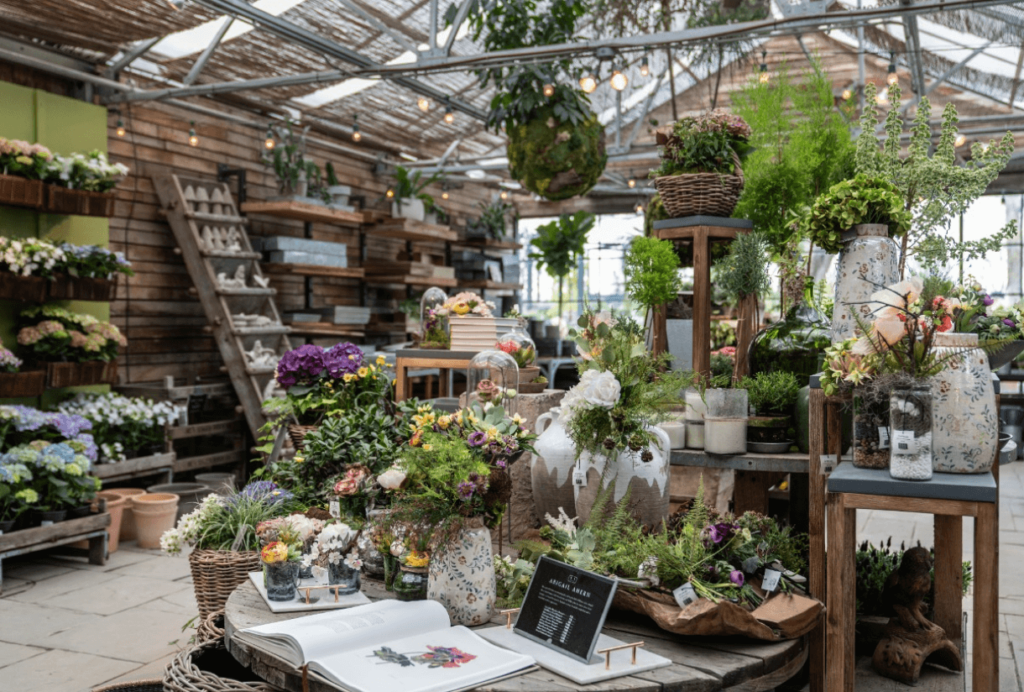Have you ever gotten some home grown green beans from your neighbor and marveled how they
tasted so much better than store-bought? Maybe you’d like to be sure your food is free of pesticides. Or you might have children and growing vegetables sounds like a fun new hobby. It is! And yes, you can, too! Here are the essentials, whether you garden in the ground, make a raised bed, or choose to container garden.
Choose a sunny site— Light is critical for plants, and vegetables are best grown when you have atleast 6-8 hours of direct sun. No amount of water or fertilizer will make up for too little light!
Access to water–Be sure you’re able to stretch a hose to the site!
Ready the soil in advance— For ground beds that have black clay as the native soil, remove all grass and weeds. Add 2 inches of expanded shale and 2 inches of compost; till these amendments in the soil until you have a minimum of 6-8 inches of improved soil. Organic gardeners will also suggest you add rock powders like lava sand and green sand for minerals. Each year as you add more compost you’ll find the soil getting deeper. For a raised bed, make your edging 8-12 inches high. Again remove grass and weeds, and fill with a mixture of compost, expanded shale, and rock powders. For containers, simply fill with a good potting soil, or half potting soil and half compost mixed.
Choose seed and plants— We have a great selection at Nicholson-Hardie! Decide what vegetables you like, and come visit; our experienced gardeners can help you choose varieties that will be successful in Texas. Some crops are better direct seeded; others can be started indoors or purchased as plants and set out in the garden.
Planting tips— Timing is very important! You may have had lettuce growing in July in Minnesota, but in Texas you’ll need to think differently! Our Vegetable Garden Planting Guide will tell you when to plant, seed planting depth, distance between plants and rows, and a lot more. Think about where crops will be placed; for example, a squash plant in the middle may take over other plants; crops that are harvested quickly like radishes can be placed near the edges. Consider succession planting–some of the crop is planted later to extend the season. The garden season can be extended even more by using frost cloth– plants can be started sooner in the spring and last longer in the fall.
Water and Mulch–After sun, soil, and seeds, how to water is your next consideration. Seed beds need to be uniformly moist for good germination-do not allow to dry out. Once plants are visible back off on your watering; after a while you’ll be watering no more than once or twice a week. Many gardeners like to use soaker hoses; for greatest effect lay them and hold in place with soil fabric staples, then plant around it.
Mulch is a fantastic tool for any garden: it prevents weeds and soil erosion, keeps soil moisture and temperature even, and adds organic material. Hardwood mulch is a great general purpose product; spread it 2 inches thick around plants.
Fertilizer— All living things need food, and the best way to know what plant foods your garden needs is to do a soil test. Kits are available for do-it-yourselfers or you can send a soil sample to a lab, which will generate a detailed report of major nutrients, pH, salinity, etc. Armed with this information you can then purchase the right fertilizer for your location. Organic products like Espoma fertilizers are beneficial to the environment, the soil, soil micro-organisms, your crops, and ultimately you! Plants
absorb nutrients through their leaves as well as their roots. Try foliar feeding- liquid fertilizers that are sprayed on.
Insects and Disease–Just like humans, plants need to be checked regularly to avoid problems. Aphids are common on new growth of most anything, but the tomato horn worm only attacks…you guessed it!
A call to our store with a description of the bug or the symptoms can often help identify the remedy you need. Or bring in a sample for us to I.D. And we’ll connect you with the right product. Helpful hint: each year rotate your crops to a different part of the garden; this will reduce the chances of soil borne diseases.
More tips— To thin or not to thin: if seeds are planted too closely, the plants that arise will have to compete for soil, water, and nutrients; smaller, weaker plants should be pulled out and discarded. On the other hand, crowding crops of leafy greens can be beneficial because it will also crowd out weeds and make harvesting easy.
Sometimes plants need support: when they grow up instead of out, they free up space for other crops, get better light and air-making healthier crops, and they’re easy to harvest. Tomato and pepper cages and pea and bean fencing or trellises are worthwhile and inexpensive.
Some final thoughts— Every year you will have successes and you will have failures. Keep a diary! If one type of pepper did not do well one year, try a different one next year. Experiment with new soil amendments. Talk to your neighbors that garden. Ask Santa for a book; here’s a few to try–
Resources– Texas Gardening, Neil Sperry
Square Foot Gardening, Mel Bartholomew
Gardening in the South-Vegetables and Fruits, Don Hastings
Texas Organic Vegetable Gardening, Howard Garrett
www.aggie-horticulture.tamu.edu

